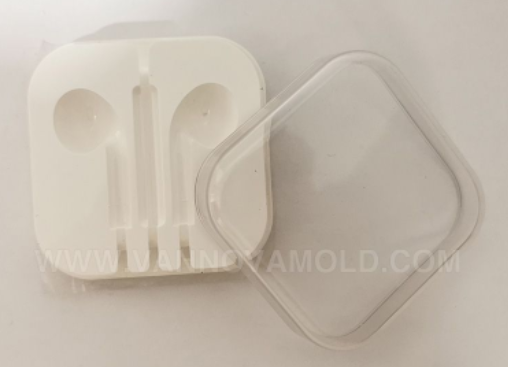Plastic Injection Molding VS 3D Printing – Which is Better?
Among today's manufacturers, both 3D printing and plastic injection molding are viable options for producing complex plastic parts and components. While originally considered competing technologies, these techniques are now each largely recognized as having unique advantages and can even be used together to help optimize production efficiency.
For OEMs wondering whether plastic injection molding or 3D printing is the right process for their next project, we'll explain when to use each technique and how they can be used collectively to support one another.
OEM Injection Mold
WHEN TO USE 3D PRINTING AND PLASTIC INJECTION MOLDING
3D printing and plastic injection molding are both helpful processes in their own right. 3D printing has given engineers the power to create plastic designs at their desks and bring them to life in a matter of hours. Injection molding, on the other hand, is the go-to for quality and value. It is commonly used to quickly and reliably produce high-volume runs of complex plastic designs.
3D PRINTING IS BEST-SUITED FOR:
ㆍQuick turnaround times (1-2 weeks)
ㆍLow volume production runs (100 parts or fewer)
ㆍDesigns with frequent changes
ㆍRelatively small plastic parts or components
INJECTION MOLDING IS BEST-SUITED FOR:
ㆍLonger turnaround times (5-7 weeks for simple parts)
ㆍHigh volume production runs (1,000+ parts per run)
ㆍFinal part design (no more prototyping)
ㆍParts of any size or complexity
The use of 3D printing in innovative and experimental scenarios has been grabbing recent headlines, but the reality is that the majority of today's plastic parts are manufactured using plastic injection molding. The choice is understandable given how the process helps OEMs control quality, costs, and design complexities such as tight tolerances.
TOOLING DESIGN
Tooling design is one of the most expensive and time-consuming parts of the injection molding process. It is also an opportunity for some injection molders to leverage 3D printing to create tools during prototyping that help reduce development time and lower tooling costs. Stereolithography (SLA) 3D printing, for example, can be a cost-effective alternative to metal tool fabrication, as SLA parts are fully solid and isotropic, and can withstand the pressure of low-volume molding.
For larger volume production runs and more precise molds, however, traditional tooling remains the best option. Likewise, if a part requires the use of thermoplastics, metal tools are the best option to handle resins with melting temperatures at or exceeding 500°F.
CUSTOM PLASTIC PART DESIGN
Due to its ability to create custom plastic part designs and prototypes in a matter of hours or days, 3D printing technology has exploded in popularity. The medical industry, for example, has embraced the quick-turn technology to create custom items like prosthetics, dental products, orthopedics, exoskeletons, bones, implants, artificial heart valves, and more, with researchers even working on 3D organ printing technologies.
That's not to diminish plastic injection molding's contributions and ongoing demand within the medical community. The value of consistently producing large quantities of defect-free, complex medical devices and components simply cannot be underestimated
Viewing 3D printing and plastic injection molding as complementary instead of competing technologies is beneficial for OEMs and molders alike. Combining these two techniques as situations warrant can ultimately help shorten pre-production iteration cycles and allows for better testing, manufacturing, and outcomes. Interested in learning more about plastic injection OEM? Contact us now!


评论
发表评论